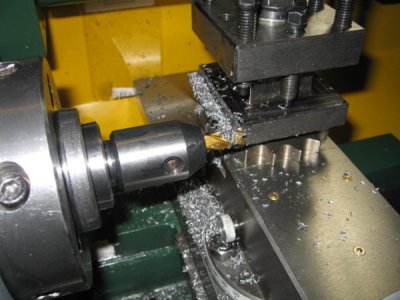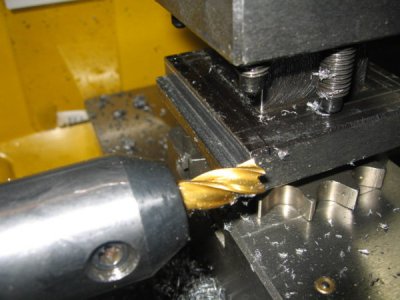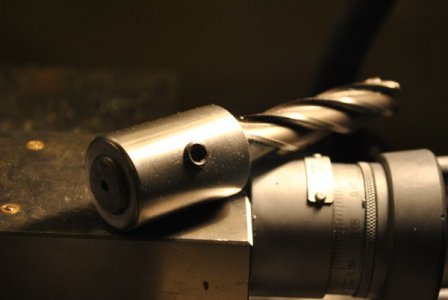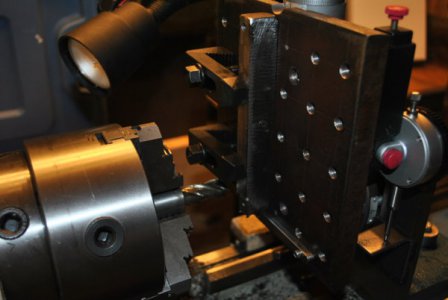Barry, just curious about something.
Is the T nut blank that came with QCTP too wide to fit in the compound?
Will you have to cut some off of each side of the blank before (or after) turning the boss to the right depth and diameter?
If yes then how do you plan to do that?
Mike
Is the T nut blank that came with QCTP too wide to fit in the compound?
Will you have to cut some off of each side of the blank before (or after) turning the boss to the right depth and diameter?
If yes then how do you plan to do that?
Mike










